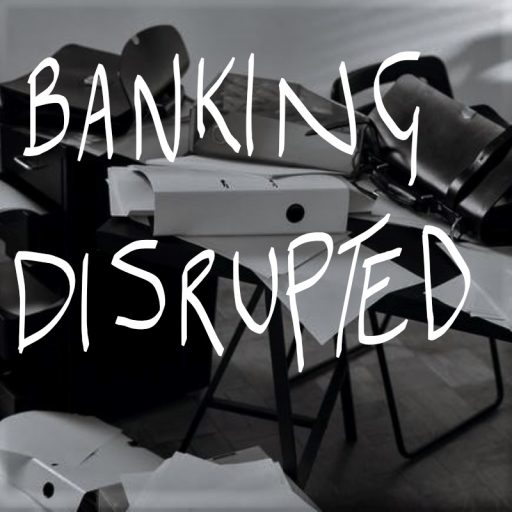“Finance is essential to accelerating the transition to net zero and achieving the full ambition of the Paris Agreement. Over the past year, the public and private sectors have been working hard to put the plumbing in place to ensure that every financial decision takes climate change into account. In the final 6 months to COP26, we must build on that foundation through commitments to net zero from the world’s major private financial institutions and with new markets that help meet the needs of the developing world.” – MARK CARNEY, THE PRIME MINISTER’S FINANCE ADVISER for COP26
There is frequent talk of innovation in financial services, with many developments being announced daily. Banks are improving channel design, the customer experience, and their overall technology landscape, but how can these help the planet?
Themes from COP26 and Other Ideas that help drive change
- Mobilise Finance: The new ROI & Business Case – when it comes to any strategic change or innovation agenda, most organisations will compile a business case and establish and ROI for the programme under consideration. However, these decisions only consider the incremental revenue made available versus the cost of making the change, and how long to wait before a profit is returned. None of these measures asks the question on what is the environmental impact of this change? Some of how strategic decisions can cater to ESG has been examined in a recent article by Stanford Business, “The Business Case for ESG” which covers how to transition to more ESG centric factors in addition to traditional KPIs
- Unlocking Private Finance – the guidance here is that mechanisms need to be identified to help drive the goal to net zero. Several factors have been suggested covering the ability to support countries hit harder by the pandemic, transparency in reporting the ESG landscape across their organisation, and regulatory pressures to ensure that financial institutions can withstand the impact of climate change
- Making ESG a primary business design principle – When designing new banking and wealth offerings, the process needs to consider how these instruments can be aligned to broader environmental and social value. Some examples that can be thought about here include creating differential mortgage products to cater to more energy-efficient homes or ensuring that consumers are advised on the level of ESG friendly investments
Progress being made?
“The OECD estimates that $78.9bn of climate finance was mobilised in 2018. Multilateral development banks estimated that $41.5 billion was provided to developing countries in 2019. The Glasgow Financial Alliance for Net Zero represents over $70 trillion of assets committed to net zero by 2050. Over 2000 organisations around the world support the Taskforce for Climate-Related Financial Disclosures (TCFD). 17 central banks have committed to stress testing their financial system against climate risks”
Some clear progress, but so much more needs to go on the agenda to drive the net zero ambition if we are to have a fighting chance of making the type of difference required, and this change needs to happen at pace.




